Arms exports have long been a core tool of the Kremlin's foreign policy, so a reduced Russian presence in the global arms market would weaken the Eurasian giant's geopolitical role.
According to new data released by the Stockholm International Peace Research Institute (SIPRI) on March 10, the top 10 arms exporters are the United States, France, Russia, Italy, South Korea, China, Germany, the United Kingdom, Spain and Israel.
Previously, Russia occupied the second place in the ranking, but the country's export volume has halved following sanctions imposed by the West in response to the war in Ukraine.
Thus, according to SIPRI's annual arms industry update, Russia has lost its "second place" in arms exports to France for the first time in the period from 2019 to 2023.
“Russia has become the third largest arms exporter for the first time, after the United States and France. Russian arms exports fell by 53% between 2014-2018 and 2019-2023. The decline has been rapid over the past five years, and while Russia exported arms to 31 countries in 2019, it sent weapons to only 12 countries in 2023,” the Stockholm, Sweden-based organization said in a report.
The outlook for Moscow is bleak, Pieter D. Wezeman, senior researcher with the Arms Transfers Programme at SIPRI, told Newsweek.
“This is not just a short-term drop, but it could be the reason why Russian arms exports will not recover to the levels we have seen before,” Mr. Wezeman explained.
“We will see very big challenges to the effort to continue to be a major arms supplier in the world . And with the figures we have on the number of weapons being ordered, Russia is also falling behind,” the expert said.
“Of course, the situation can change, new large orders can appear. But we have not seen that happen yet. And with some orders that are already in place, we need to wait and see whether they actually lead to deliveries,” he continued.
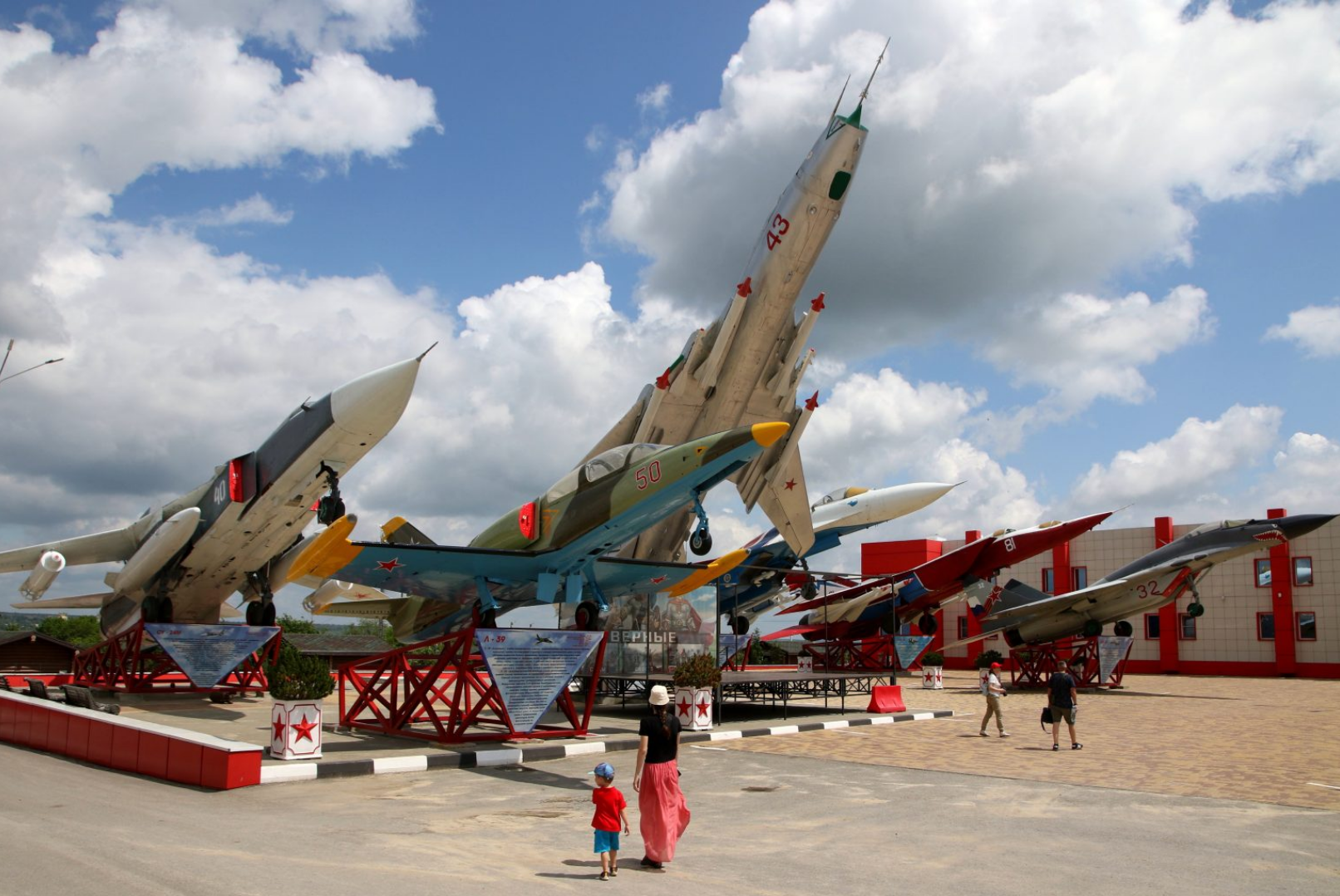
Russian military aircraft and fighter jets are on display at an exhibition in Patriot Park in the city of Shakhtinsky, Rostov region. Photo: Getty Images
Russia's military campaign in Ukraine has entered its third year, causing heavy human and material losses and depleting Moscow's military industrial resources.
Russian President Vladimir Putin has shifted the country's economy into a wartime state to overcome challenges, awaken dormant military potential, and seek new foreign suppliers.
Russia’s domestic industry and foreign trade have been hampered by Western sanctions. Although Moscow has embarked on a wide-ranging campaign to circumvent the sanctions, limited access to Western technology has hampered the country’s production of more advanced weapons.
Being excluded from international financial markets also hinders the ability of Russian producers to make transactions.
“The question is to what extent the Russian arms industry can simultaneously meet the needs of the military campaign in Ukraine and exports, while also taking into account the sanctions related to the technology that Russia still needs to produce weapons as well as payment options, which are still hindering ongoing deals with India,” Mr. Wezeman said.
The export slump has made the Russian arms industry more dependent on customers in Asia and Oceania, which accounted for 68% of Moscow’s total exports in 2019-2023, with India accounting for 34% and China for 21%. But these countries – which are emerging as potential superpowers – have less and less demand for what Russia has to offer.
“Those are two big changes that we see in Russia’s arms exports and that has a huge impact on the country’s overall arms exports,” Wezeman said, referring to New Delhi and Beijing’s reduction in business with Moscow.
“India was not convinced to buy more Russian fighters, a relatively small batch, to replace some that had crashed earlier,” Mr. Wezeman said. “India turned to France . ”
Minh Duc (According to Newsweek, Agenzia Nova News)
Source


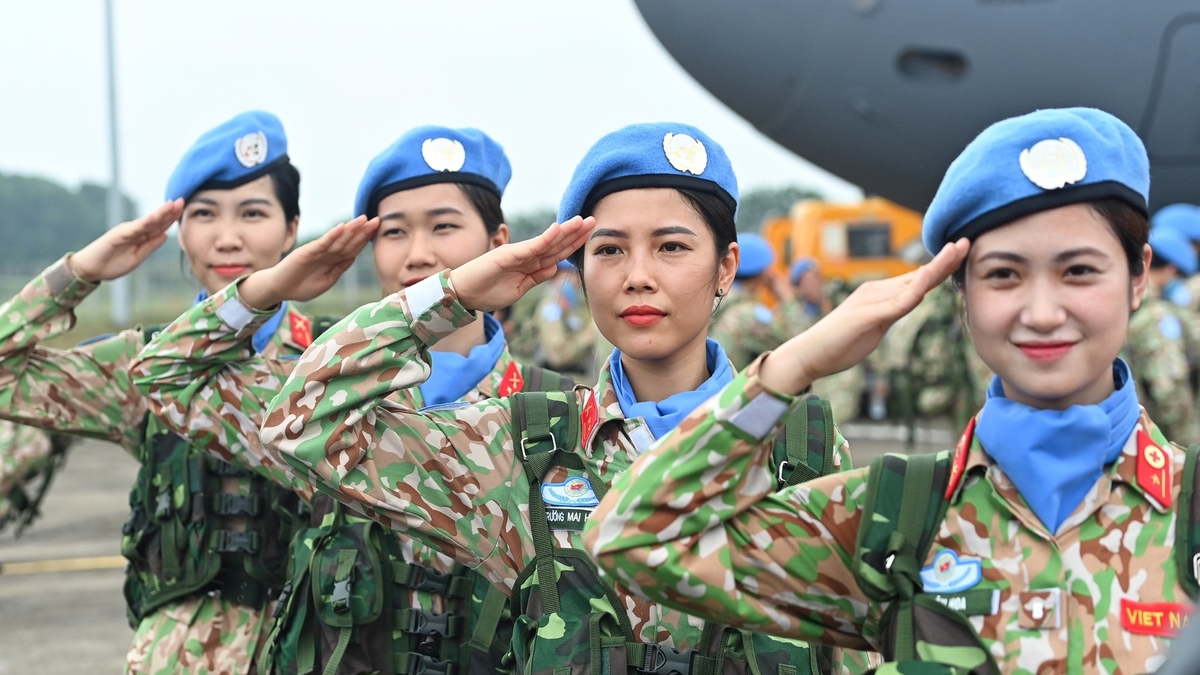





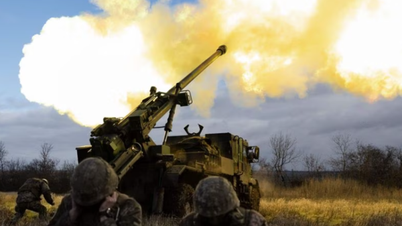
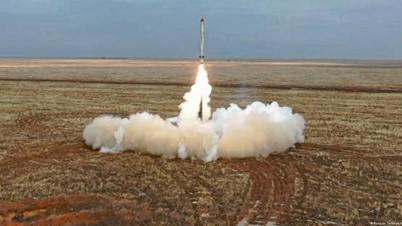

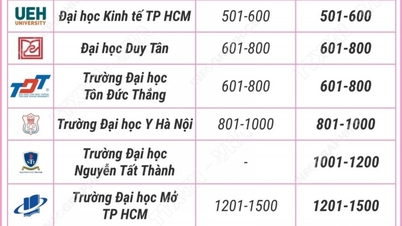

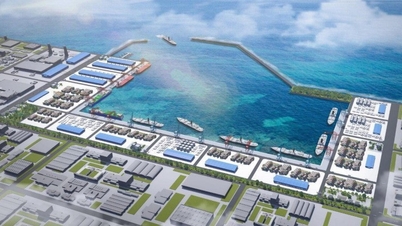
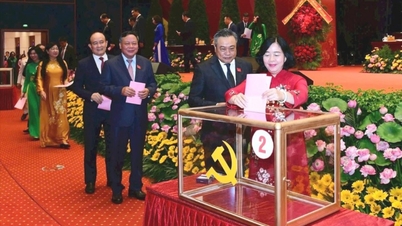
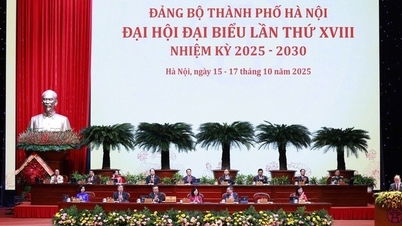









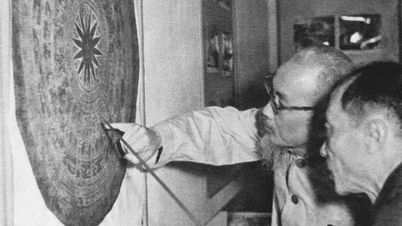

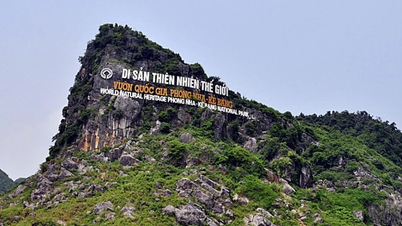







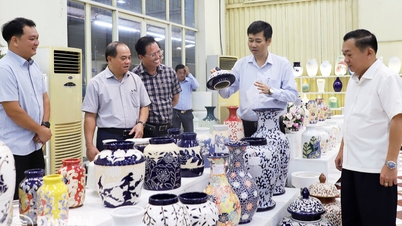

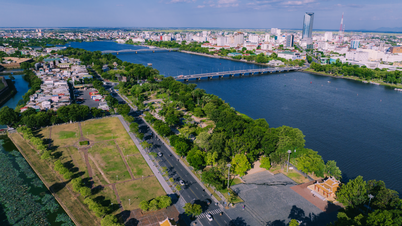







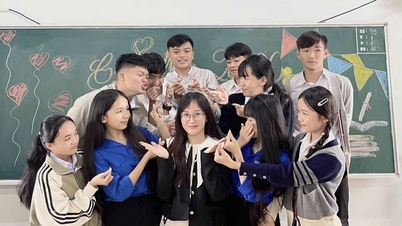

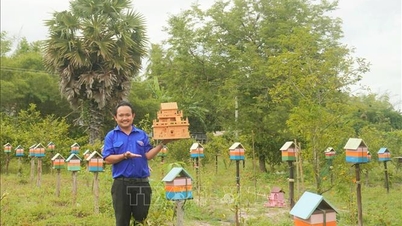


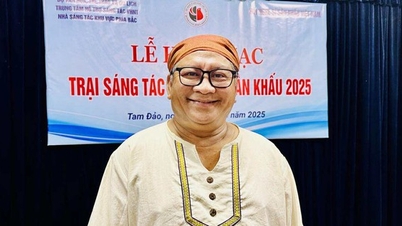











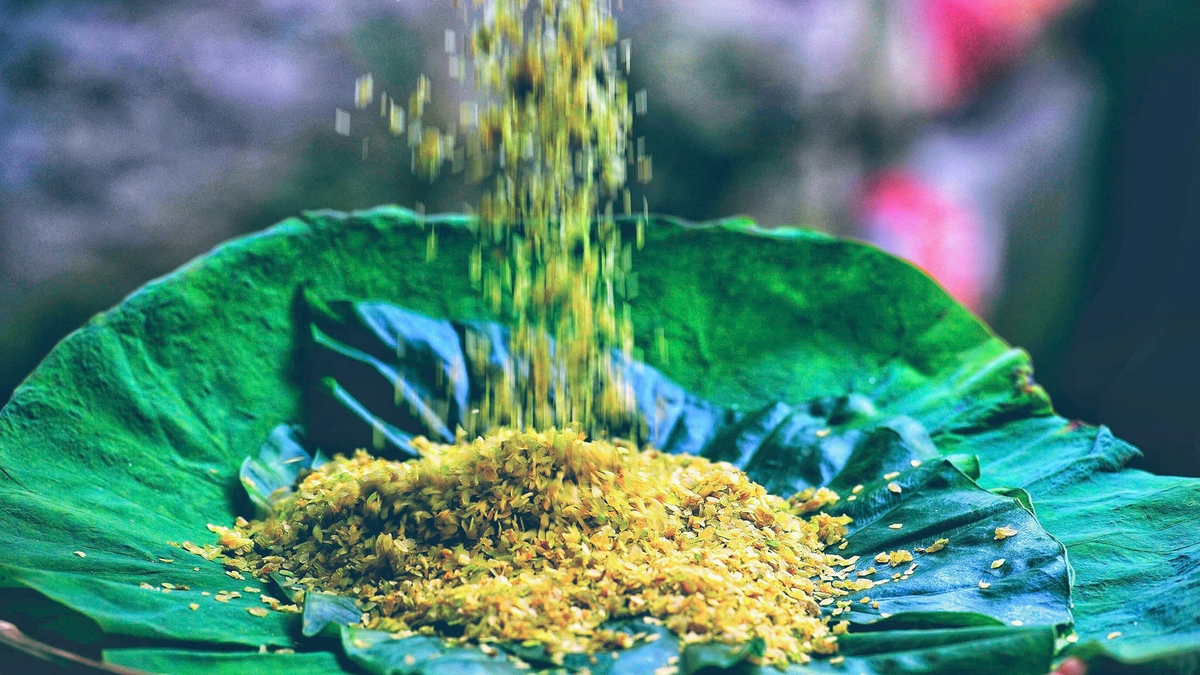



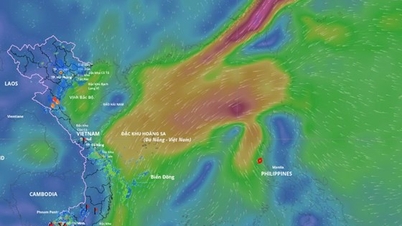


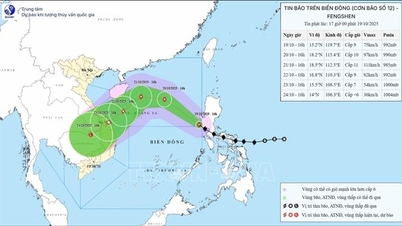

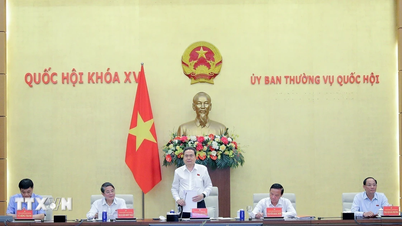

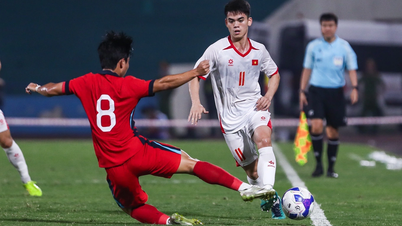
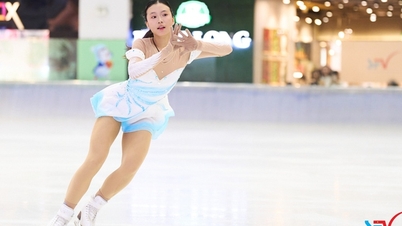

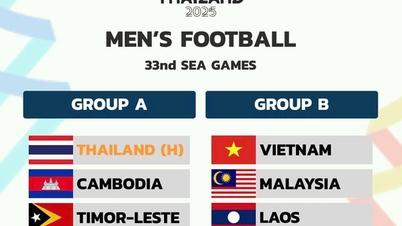

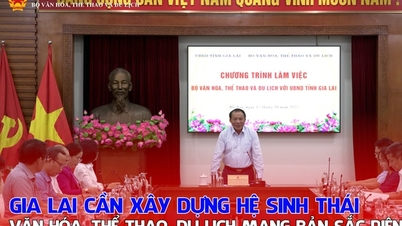

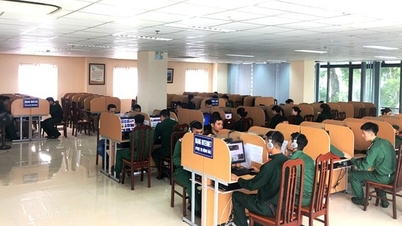




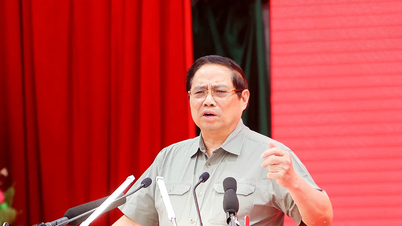



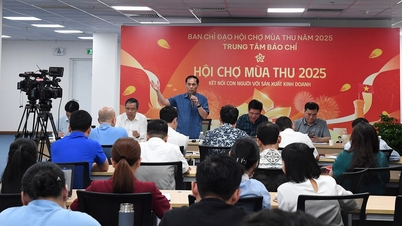


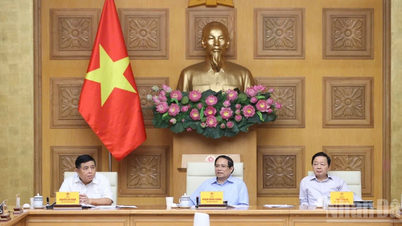


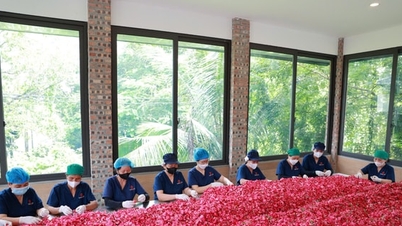







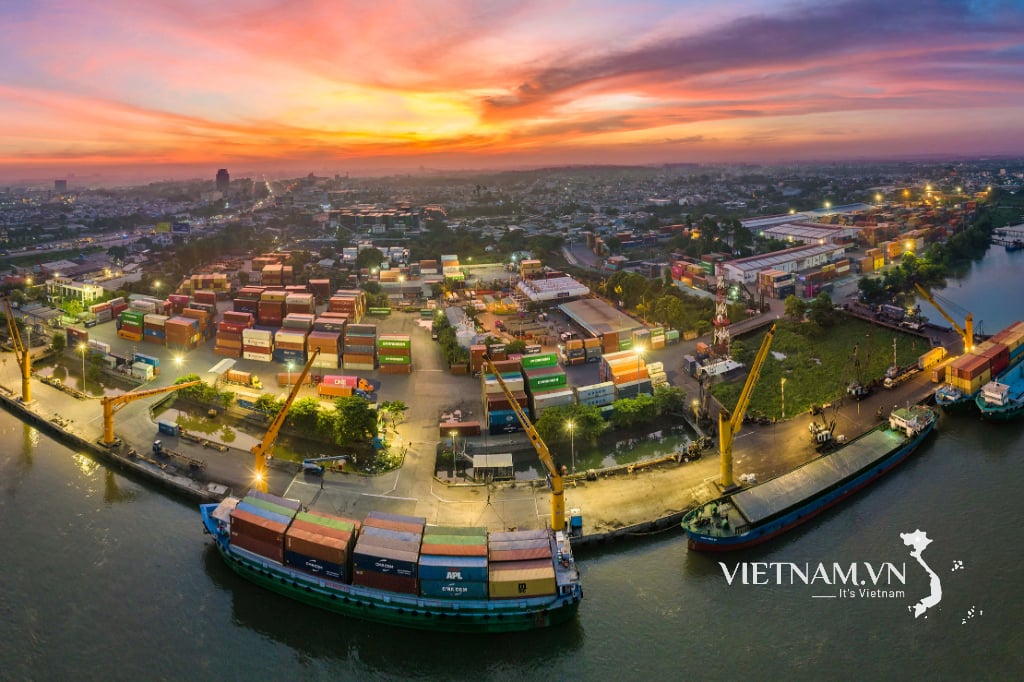
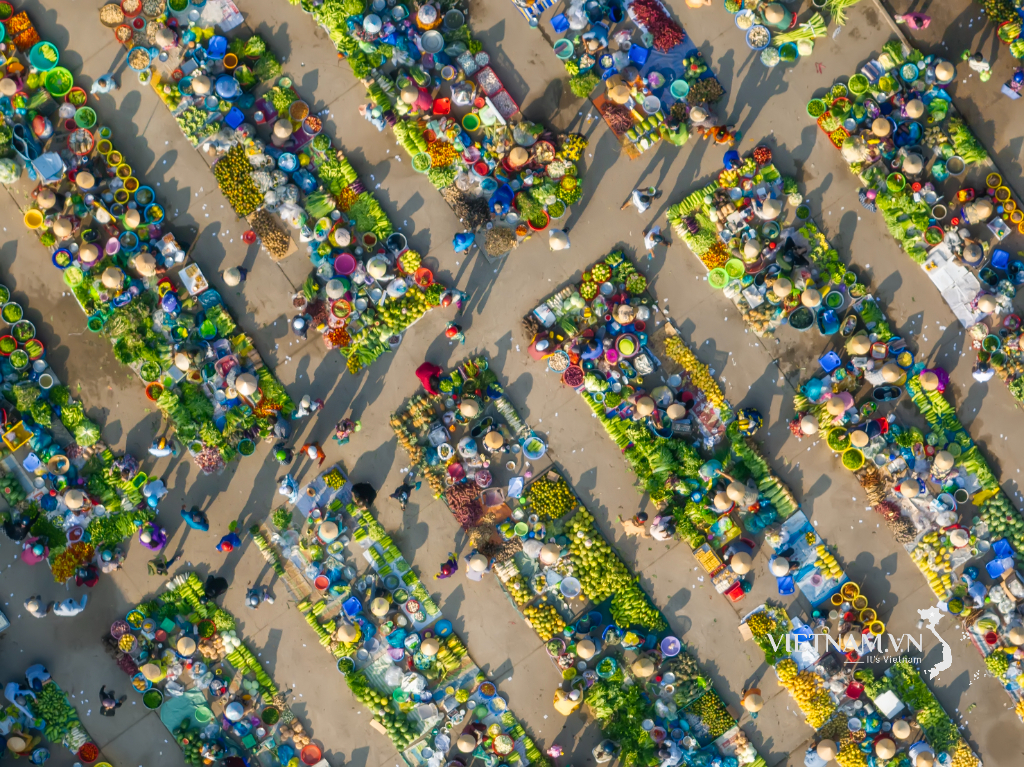
Comment (0)